WEDDELL SEA – IN SEARCH OF EMPEROR PENGUINS
__________________
__________________
| Day | Place | Highlights |
|---|---|---|
| 1 | Ushuaia | Set Sail, meet the expedition team |
| 2 - 3 | At Sea | Crossing the Drake Passage |
| 4 - 7 | Weddell Sea, Antarctic Peninsula | Searching for Emperor penguins, helicopter flights, icebergs, glaciers, wildlife |
| 8 | Deception Island | Penguins, cape petrels, visit an abandoned whaling station |
| 9 - 10 | At Sea | Cross the Drake Passage |
| 11 | Ushuaia | After breakfast disembark for your onward journey |
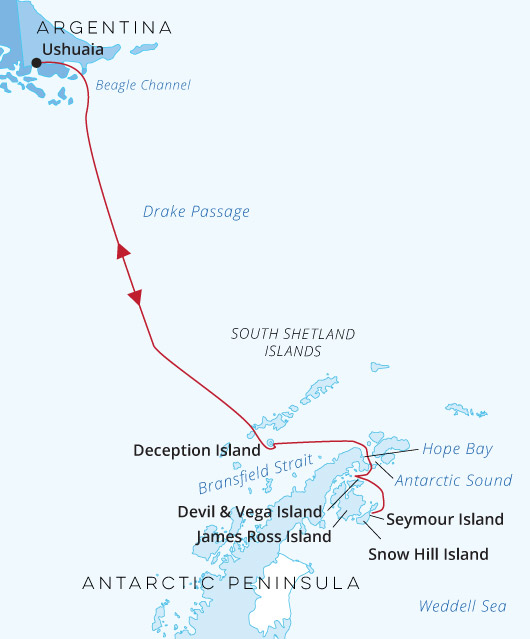
The Ortelius was originally the Marina Svetaeva. Built in Gdynia, Poland in 1989, it served as a special-purpose vessel for the Russian Academy of Science. Later it was re-flagged and renamed after the Dutch/Flemish cartographer Abraham Ortelius, who in 1570 published the first modern world atlas: Theatrum Orbis Terrarum or Theatre of the World. The Ortelius can accommodate 108 guests and has an abundance of open-deck spaces for watching wildlife and the impressive scenery as you sail past. She also has the highest ice-class notation (UL1, equivalent to 1A) making her perfect for polar expeditions.
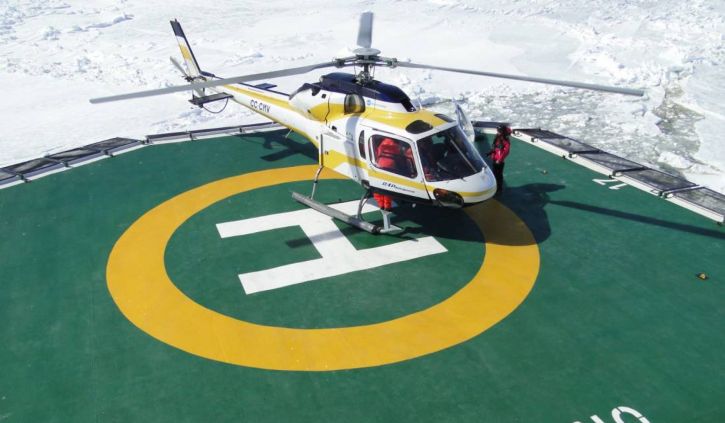
On selected Ortelius voyages helicopters are used to get even closer to the heart of untouched wildlife, allowing you to set foot onto some of the world’s most remote landscapes. Take a flight above the ice of the Weddell Sea or Ross Sea and enjoy the magnificent scenery of the Antarctic wilderness. Helicopter flights and landings are complimentary on this voyage however they are subject to weather and ice conditions.
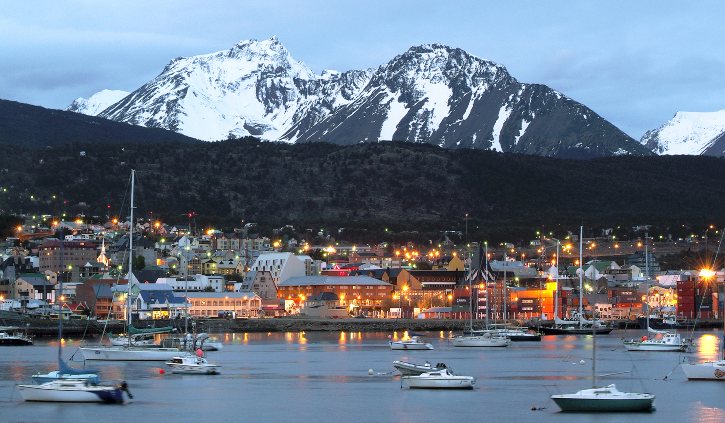
Your voyage begins where the world drops off. Ushuaia, Argentina, reputed to be the southernmost city on the planet, is located on the far southern tip of South America. Starting in the afternoon, you embark the Ortelius from this small resort town on Tierra del Fuego, nicknamed “The End of the World,” and sail the mountain-fringed Beagle Channel for the remainder of the evening.
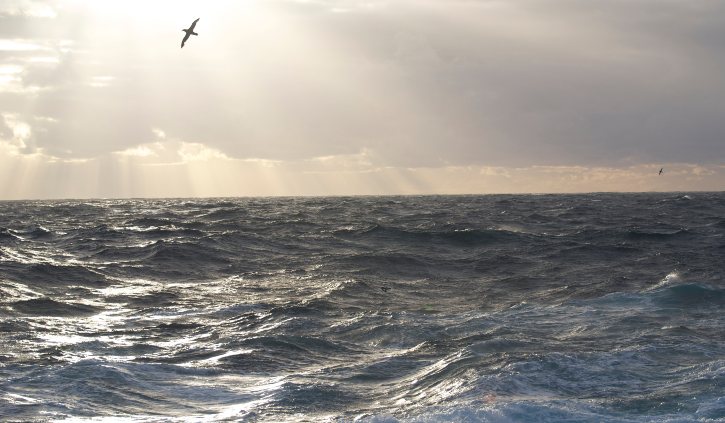
Over the next two days on the Drake Passage, you will enjoy some of the same experiences encountered by the great polar explorers who first charted these regions: cool salt breezes, rolling seas, maybe even a fin whale spouting up sea spray.
After passing the Antarctic Convergence – Antarctica’s natural boundary, formed when north-flowing cold waters collide with warmer sub-Antarctic seas – you are in the Antarctic circumpolar current upwelling zone. Not only does the marine life change, the bird life changes too.
Wandering albatrosses, grey-headed albatrosses, black-browed albatrosses, light-mantled sooty albatrosses, cape pigeons, southern fulmars, Wilson’s storm petrels, blue petrels, and Antarctic petrels are a few of the birds you might see.
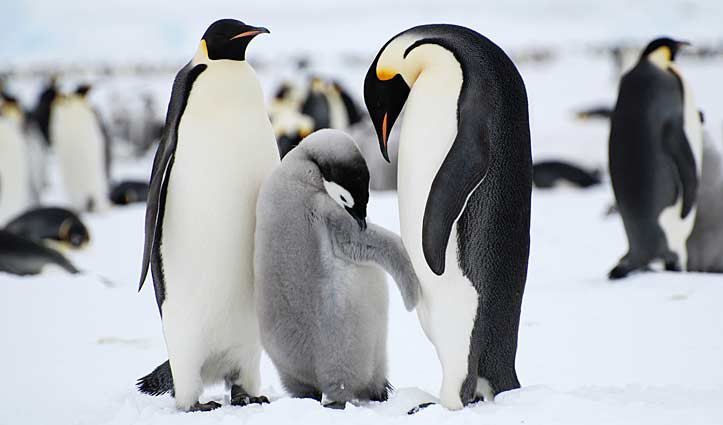
You may sail into the Weddell Sea via the Antarctic Sound. Here huge tabular icebergs herald your arrival to the eastern side of the Antarctic Peninsula. During this part of the cruise, the search is on for emperor penguins. Using both the vessel and helicopters, there’s a good chance you’ll find them. You might also enjoy scenic flights, and if conditions allow, helicopter landings in locations otherwise out of reach this time of year.
Helicopter flights are a true trip changer, and may include:
The west slopes of the Antarctic Sound – The western side of this area is only rarely seen from the air, though the landscape is truly worth the flight: Layered sandstones, lava flows, glaciers, icebergs, and pack-ice extend as far as the eye can see. There are often individual emperor penguins and Adélie penguins on the ice floes, as well as kelp gulls, skuas, and various breeds of petrel. Jagged mountain peaks stab through the snow, and enormous walls of ice lie shattered on the slopes below.
Duse Bay – A soaring helicopter flight may deposit you on a rocky hillock close to an old refuge hut overlooking this bay. There’s still a lot of snow and ice this time of year, but most of the walk in this location is over frost-shattered rock covered with lichen of all shapes and colours.
Seymour Island – This is where the Swedish Antarctic Expedition of 1901 – 4 wintered under harrowing polar conditions. Sedimentary rock, fossils, and expansive views define this location.
If conditions allow for deeper ventures into the Weddell Sea, Zodiac trips may include:
Devil Island – Home to a large colony of Adélie penguins, this island offers a magnificent vantage point for hikers willing to walk to the top of the hill. Melting ice sometimes forms a waterfall dropping from the cliffs close to Cape Well-met.
Brown Bluff – Maybe the most scenic location in the entire northern tip of the Antarctic Continent: sheer canyon walls, fallen boulders, beautiful volcanic creations capped with ice. A large Adélie penguin rookery lives here, with gentoo penguins and nesting snow petrels also to be found.
Gourdin Island – Chinstrap, gentoo, and Adélie penguins love this island, which is yet another landing option for your continuing Antarctic adventure.
Esperanza Base – This Argentine research station, which operates year-round and is one of only two civilian settlements in Antarctica, could serve as an alternative landing site.
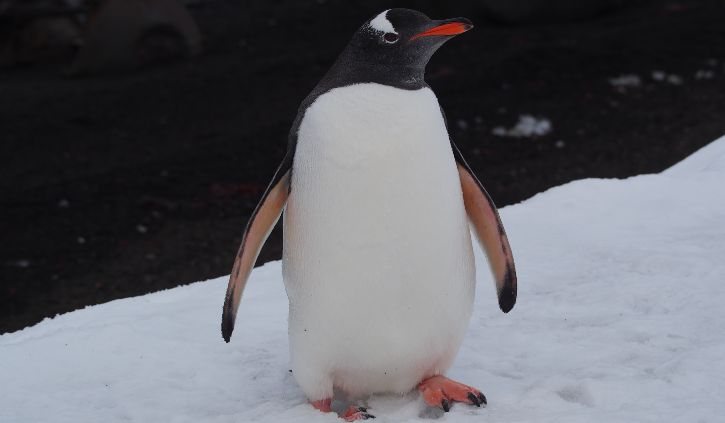
In the morning, you sail to Deception Island for the last landing of the voyage, either at Pendulum Cove or Whalers Bay. Conditions on the Drake Passage determine the exact time of departure.
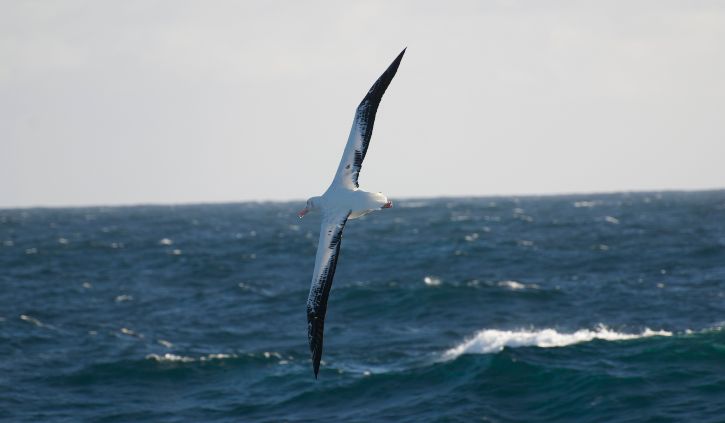
Your return voyage is far from lonely. While crossing the Drake, you’re again greeted by the vast array of seabirds remembered from the passage south. But they seem a little more familiar to you now, and you to them.
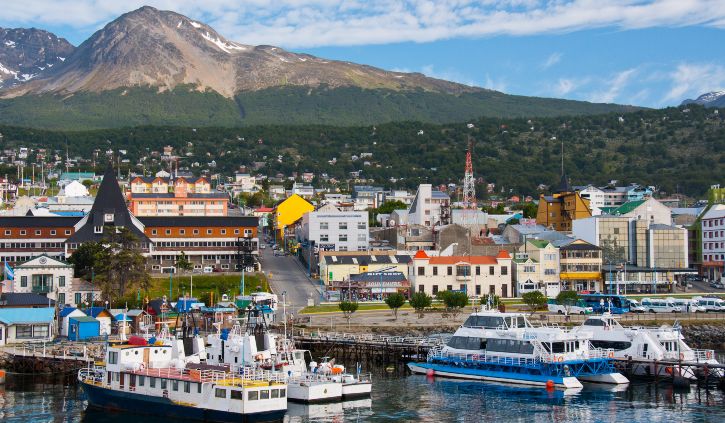
Following breakfast you will disembark in Ushuaia.
Please note: All itineraries are for guidance only. Programs may vary depending on local ice and weather conditions and in order to take advantage of opportunities to see wildlife. The on-board expedition leader determines the final itinerary. Itineraries may mention places that require permission to land, which must be granted by the relevant national authorities. Such permission is not granted prior to the publishing of these itineraries. Flexibility is paramount for expedition cruises.